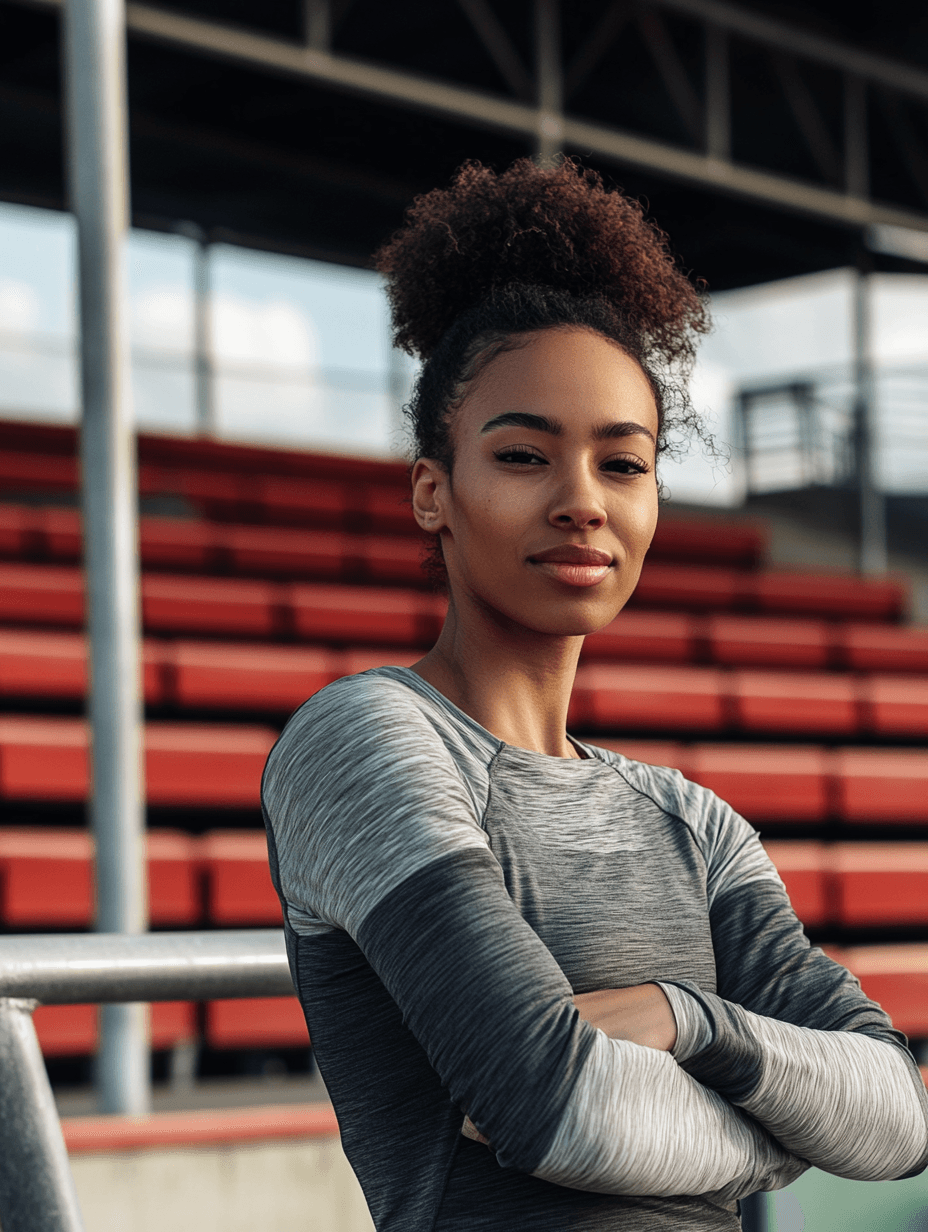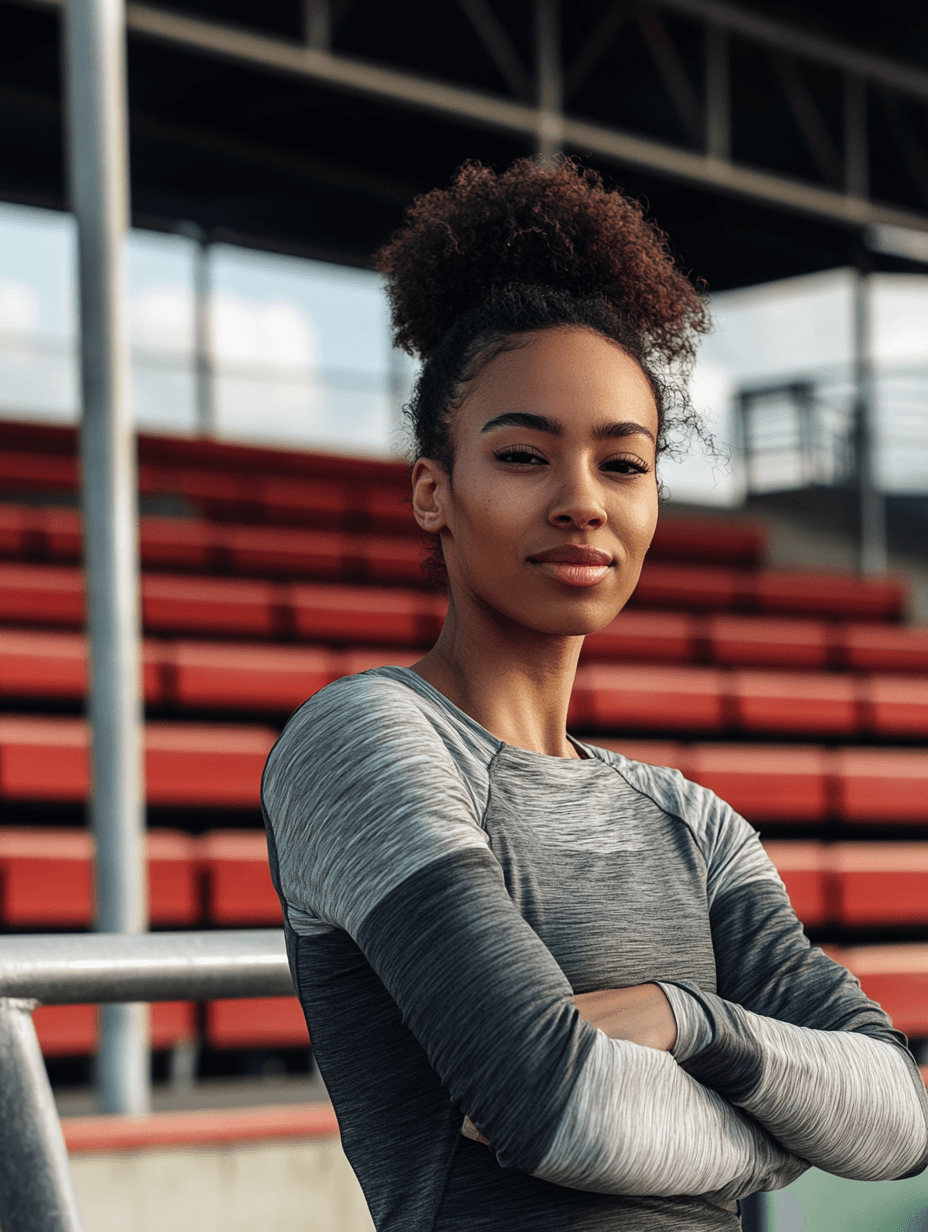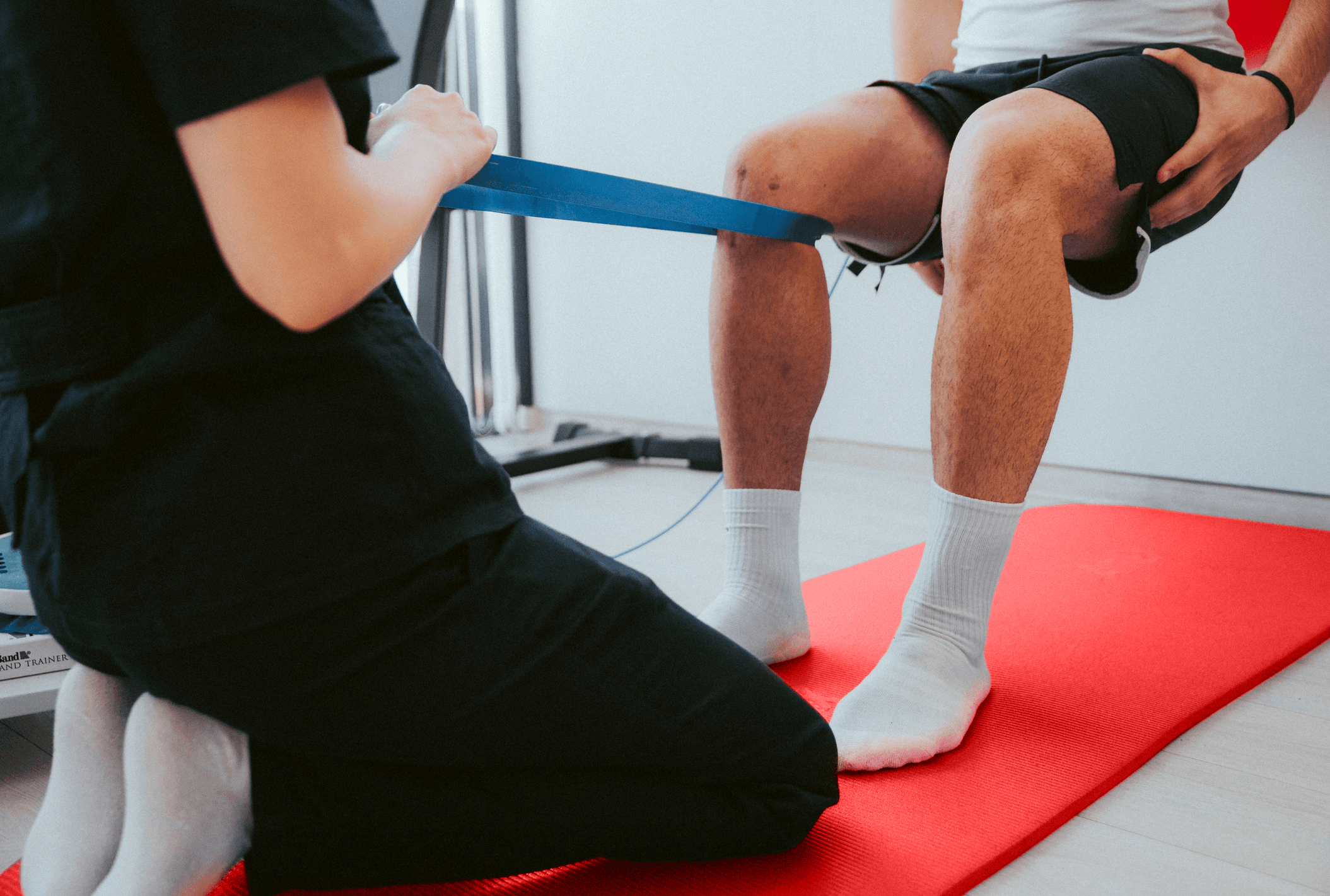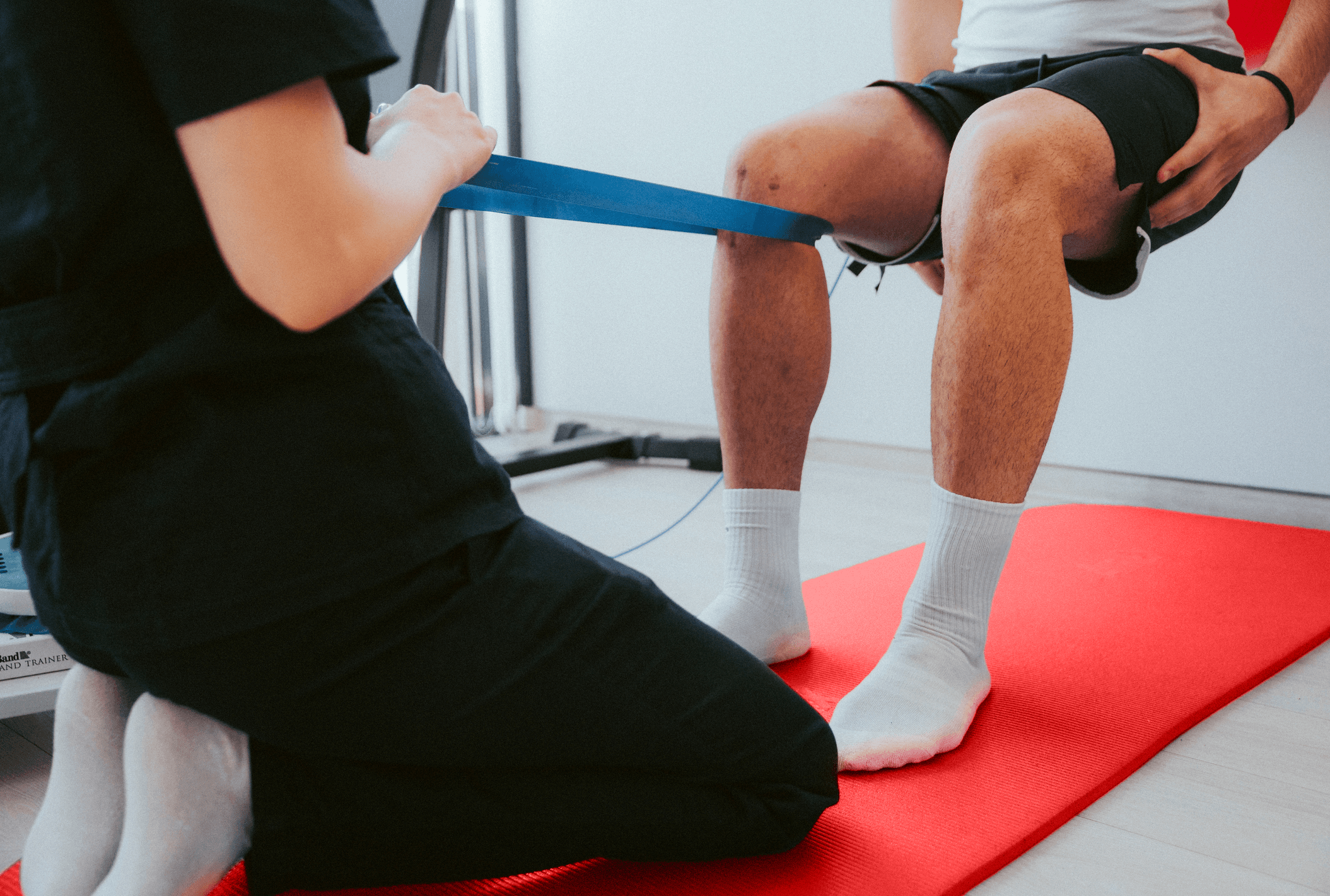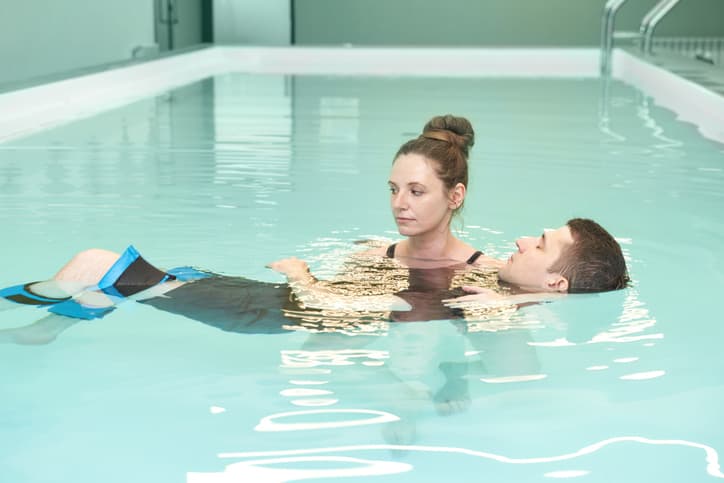Blog
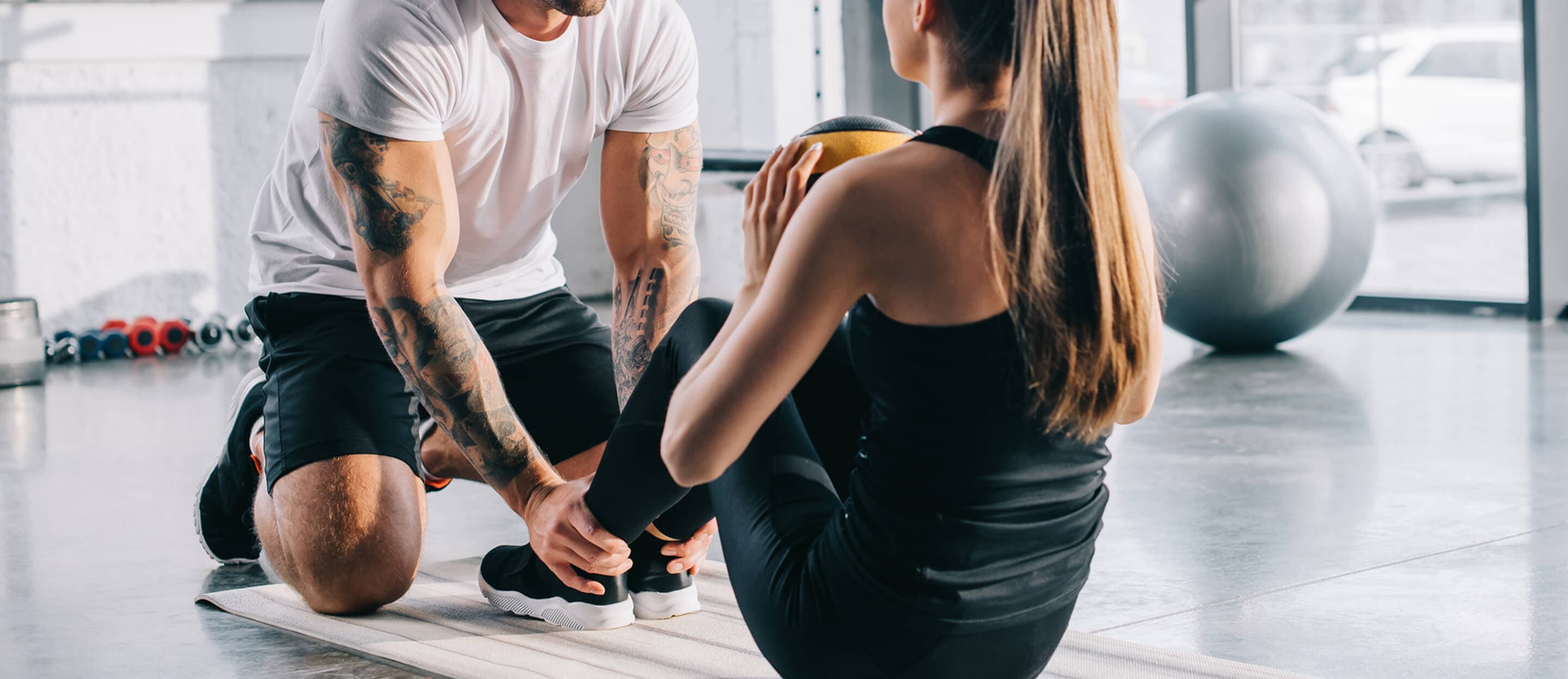

Aqua Rehabilitation: The power of recovery and fitness in water
Aqua rehabilitation isn’t the most well-known therapy in the world of physical rehabilitation, but for some, it’s incredibly effective. So, what exactly is aqua rehabilitation, and why is it so beneficial?
Maybe you already saw it on our social media; we highly recommend aqua rehabilitation! Exercising in water provides a low-impact yet stable environment for building strength and conditioning. In water, everything goes more smoothly. So when you cannot perform certain movements (e.g. standing on your toes) due to injuries, you can succeed perfectly in the water because water offers extra weight support!
Strength & Conditioning
Playing sports maintains your fitness and strength, which greatly impacts your body and sometimes causes injuries. You might think, "I'll take it easy and get some rest," but your condition deteriorates quite quickly. Training in water allows you to rebuild strength and endurance safely and without impacts. Courtesy of Archimedes!
In the water, you work on mobility as well as strength. As you progress to shallower water, the exercises become increasingly difficult as your weight increases. For example, if you have an anterior cruciate ligament reconstruction, you can start in the water as soon as your wound is completely closed. You can start with mobility exercises for the knee, walking, or even squat movements. Heavy, yet functional! As these exercises improve, switch to the shallower end. At the same time, we'll introduce you to aqua jogging.
Aquajogging
Not everyone can start with aqua jogging right away, but water provides a safe and supportive environment to begin rehabilitation. At Re-Train, we work according to your goals with an individual schedule. After all, not everyone benefits from interval training or specific strength exercises in the water. We often work with aqua jogging because it is very accessible to everyone. Using an aqua belt around your waist, you float upright in the water while performing a walking motion with your arms and legs.
It might look easy, you might even overhear little ones screaming: “Hey, that lady needs straps, too." But nothing could be further from the truth. Aqua jogging is intense! Depending on your pace, you get more or less resistance from the water, resulting in the difference between basic fitness or interval training. Indeed, lactate can be produced during such an aqua session. You don't swim during these sessions, but you can always start this yourself if it is interesting in the function of your rehabilitation.
Completely convinced of the added value of aqua rehabilitation and can't wait to jump into the water? Or still have some questions? Don't hesitate to contact us!

